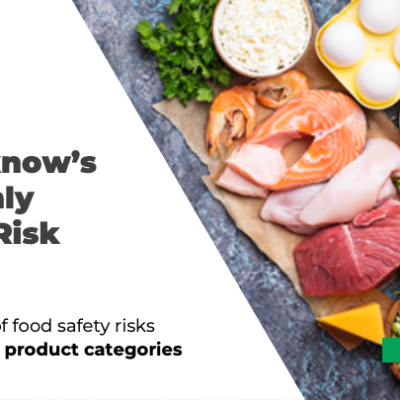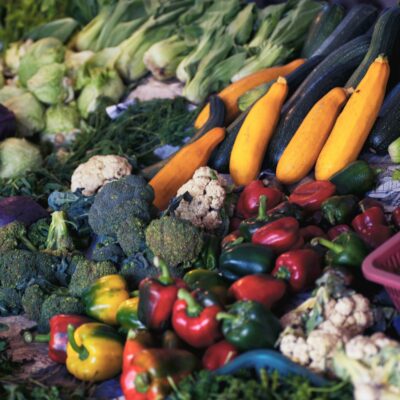
From Silent Spring to silent risks: What’s the latest on the battle with pesticides?
“Have fruits and vegetables if you want to have a fruitful life”, as the saying goes. These colorful and tasty candies of nature are essential to our health and well-being. According to Center for Disease Control and Prevention (CDC), daily consumption of at least 1½ to 2 cups of fruits and 2 to 3 cups of vegetables may reduce the risk of diseases, support mental and physical health, improve immune response, and prevent various forms of malnutrition.
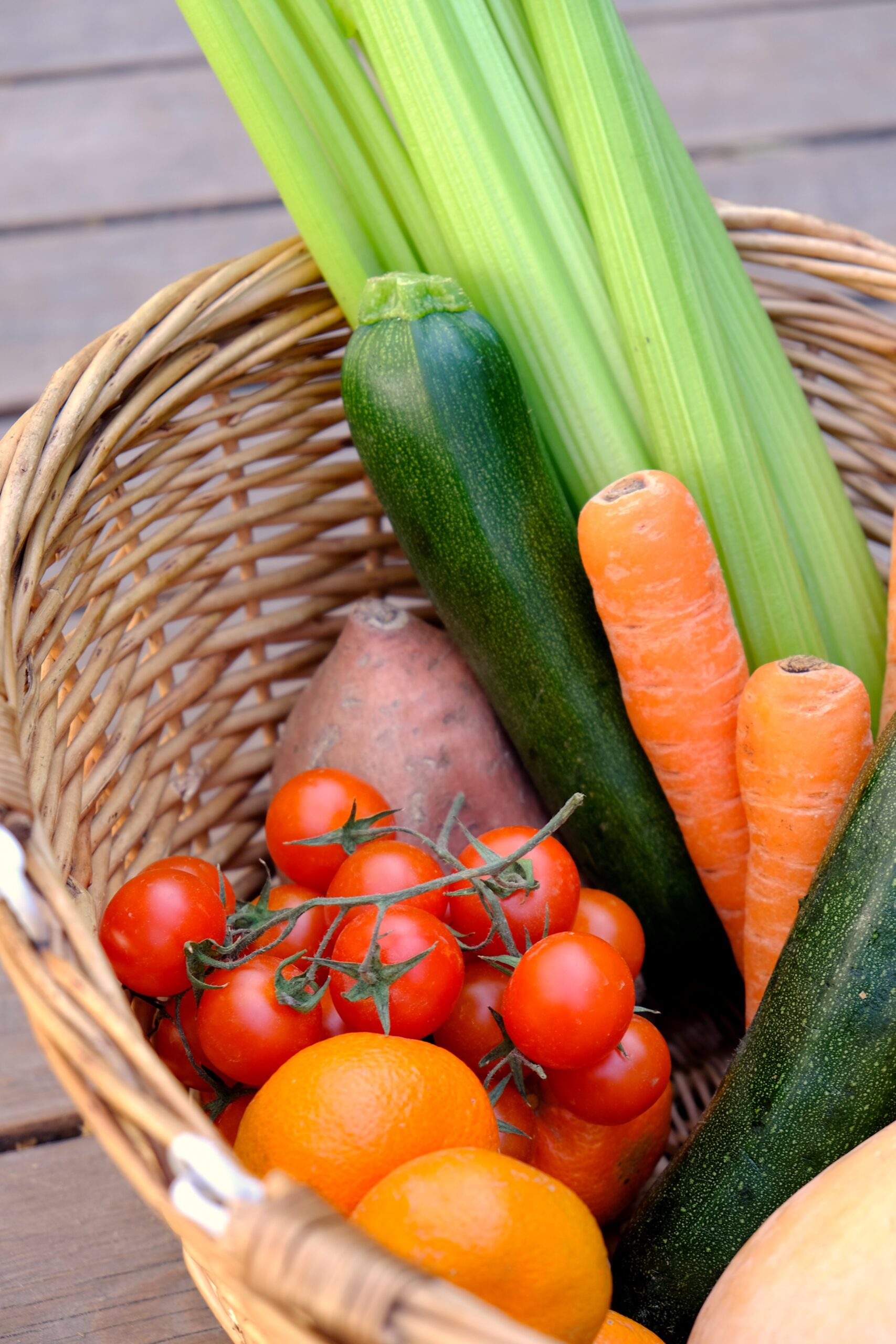
However, along with fruits and vegetables, pesticide residues make their way from the field to our dining table. Plant-based foods bear the largest portion of the global pesticide footprints, around 59% percent, followed by cocoa and products thereof, herbs and spices, and cereals and bakery products, according to the Report of the extra Joint Meeting of the FAO Panel of Experts on Pesticide Residues in Food and the Environment and the WHO. Their ubiquitousness in these food categories is reported in many studies. Human exposure to pesticides has been associated with significant health problems, such as cognitive and neurodevelopmental disorders, problems in reproduction and the immune system, endocrine disorders, cancer, etc. For the protection of human health EC has established Maximum Residue Limits (MRLs) for the presence of some pesticide residues in various food categories, such as fruits and vegetables. The range of values of these MRLs is for most cases of pesticides between 0.005 and 5 mg per kg of product. MRLs are established through a combination of data from extensive toxicological and risk assessment studies and epidemiological data. However, the value of the MRLs results not only from the goal of protecting public health but also from the objective of the unimpeded movement of goods. Thus, they are subjected to ongoing reviews and revisions as new scientific information becomes available or setbacks with international trade occur.
There is strong evidence that human exposure to hazardous pesticides globally is high. European Food Safety Authority’s (EFSA) latest annual report on pesticide residues in food back in 2020, showed that from a total of 88,000 various food samples analyzed in the coordinated program, 29.7% of them contained one or more residues in concentrations below or equal to permitted levels and 1.7% contained residues exceeding the legal maximum. The first-ever attempt by the European Commission that year to establish a pesticide use reduction policy, in the context of 2020 EU Farm to Fork Strategy towards 2030, appears not to be in effect yet. Political resistance against sustainable food practices is sometimes a crucial problem against these attempts. The EU Farm to Fork Strategy is being delayed, due to political battles and disputes between governments over reducing the use of chemical pesticides.
In fact, European consumers are facing a dramatic increase in fruits and vegetables, cultivated or sold in the Union, that are contaminated by toxic pesticides. And what about the food products imported to the EU, from countries with different legislation and safety protocols? Should consumers and food companies get more worried?
Statistics are concerning. In 2021 pesticides were the most important hazard notified, representing 27 % of health-related notifications. According to the FOODAKAI database, between October 1st, 2022, and April 20th, 2023, 446 notifications were reported regarding either the presence of unauthorized pesticide substances or the excess in the established MRL of some substances, for the category of fruit and vegetables. Most notifications, specifically 78, referred to products exported from Turkey, 65 from China, 38 from Vietnam, and 35 from Egypt, as shown in Graph 1. Countries with a percentage contribution below 1.79% are not included in the Graph.
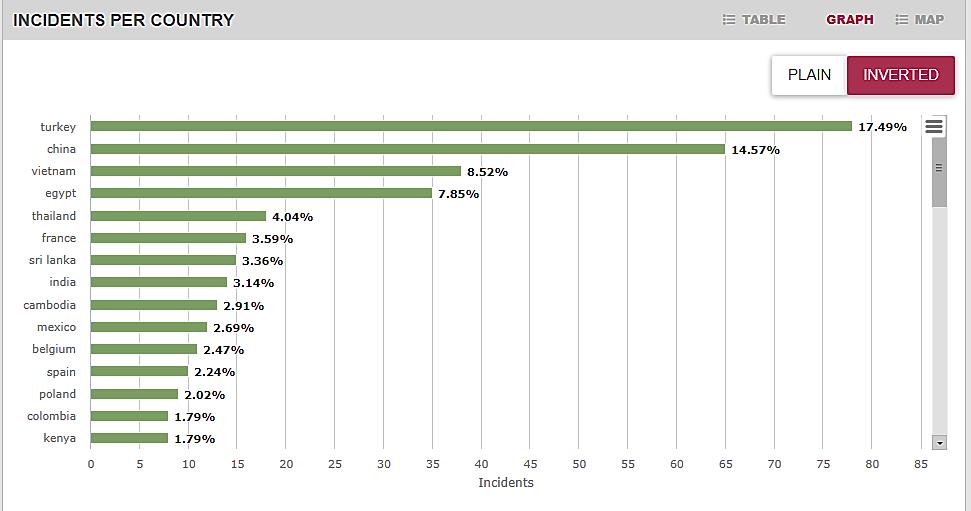
Carbendazim, propiconazole, lambda-cyhalothrin, cypermethrin, omethoate, hexaconazole, acetamiprid, carbofuran, fipronil and most recently butachlor were detected in notable concentrations, but the residue found in most products (92 as shown in Graph 2 by FOODAKAI) was chlorpyrifos, an organophosphate pesticide with severe toxic effects.
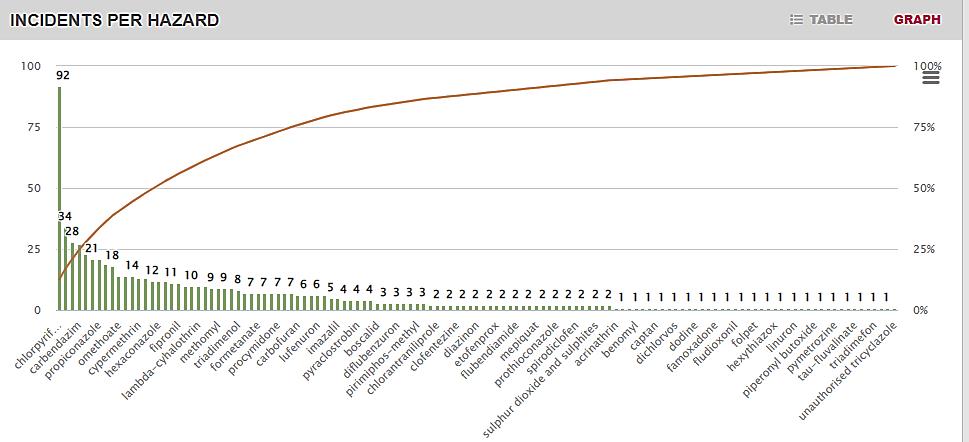
Fresh peppers, frozen red peppers, lemons, limes, fresh oranges, avocado, mandarins, mushrooms, grapes, and mangos, were among the products found highly contaminated, while many of the notifications were rated as serious risk decisions, leading to recalls, mandatory re dispatching or complete destruction of some products.
As for the future, trajectories show an increase of up to 19.14% in the risk evolution for the next 10 months, regarding the presence of pesticide residues in fruits and vegetables, on a worldwide basis, as shown in Graph 3 below. Furthermore, according to our prediction model, the top 5 ingredients or products that may be also affected by pesticides in the foreseeable future are snow peas, white rice packaged, protein rice, sugar snap peas, and jasmine-flavored rice.
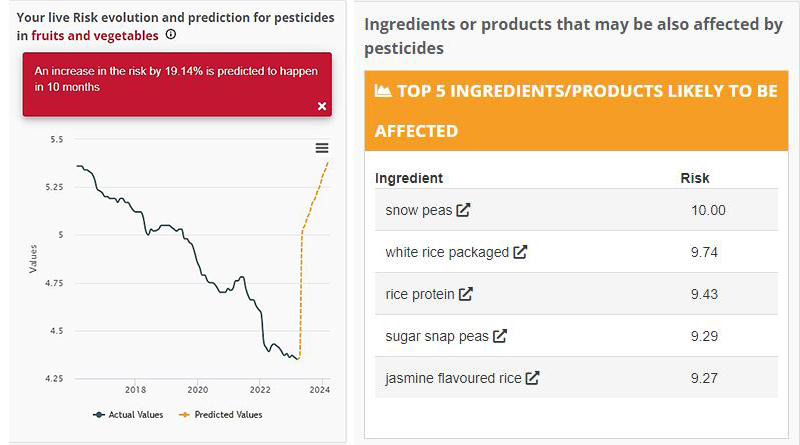
But why is there still a significant presence of banned pesticides in several countries’ exports? Is the constant need for increased production and upgrading of the quality of agricultural products the only reason for the insufficient implementation of the established pesticide reduction strategies and legislation?
Let’s examine the example of Egypt, which is the origin of many banned fruits and vegetables, according to FOODAKAI data. In their recent article in Reuters “Egypt's Nile Delta farmland salts up as temperatures and seas rise”, Sarah El Safty and Farah Saafan, raise the agricultural problems caused by the increased saline soil near the Mediterranean coast. Climate change has its impact and it’s severe. Irregular rainfall, high temperatures, sea level rise, erosion, and saltwater intrusion into the irrigation system have led to the excessive use of fertilizers and pesticides by farmers. The economic and food safety impact is notable. The extended presence of pesticides in the soils of vegetable crops from the Nile Delta in Egypt is demonstrated in the same authors’ scientific published study of 2022.
According to the study, 36.7% and 30% of the samples were found contaminated with two and three pesticides, respectively. Chlorpyrifos and propamocarb were the dominant compounds. Disasters related to climate change have affected millions of agricultural crops during the last decades in terms of biodiversity and productivity, bringing new challenges to the food safety sector. The deterioration of global water availability and quality and the higher temperatures are linked to pathogens flourishing. Hence, the need for increased levels of pesticides, or the use of more stable and persistent pesticides might be urgent. Climate change has led to an increase in plant and insect resistance to many pesticides, leading to increased use of these substances year after year, rather than their phase-out.
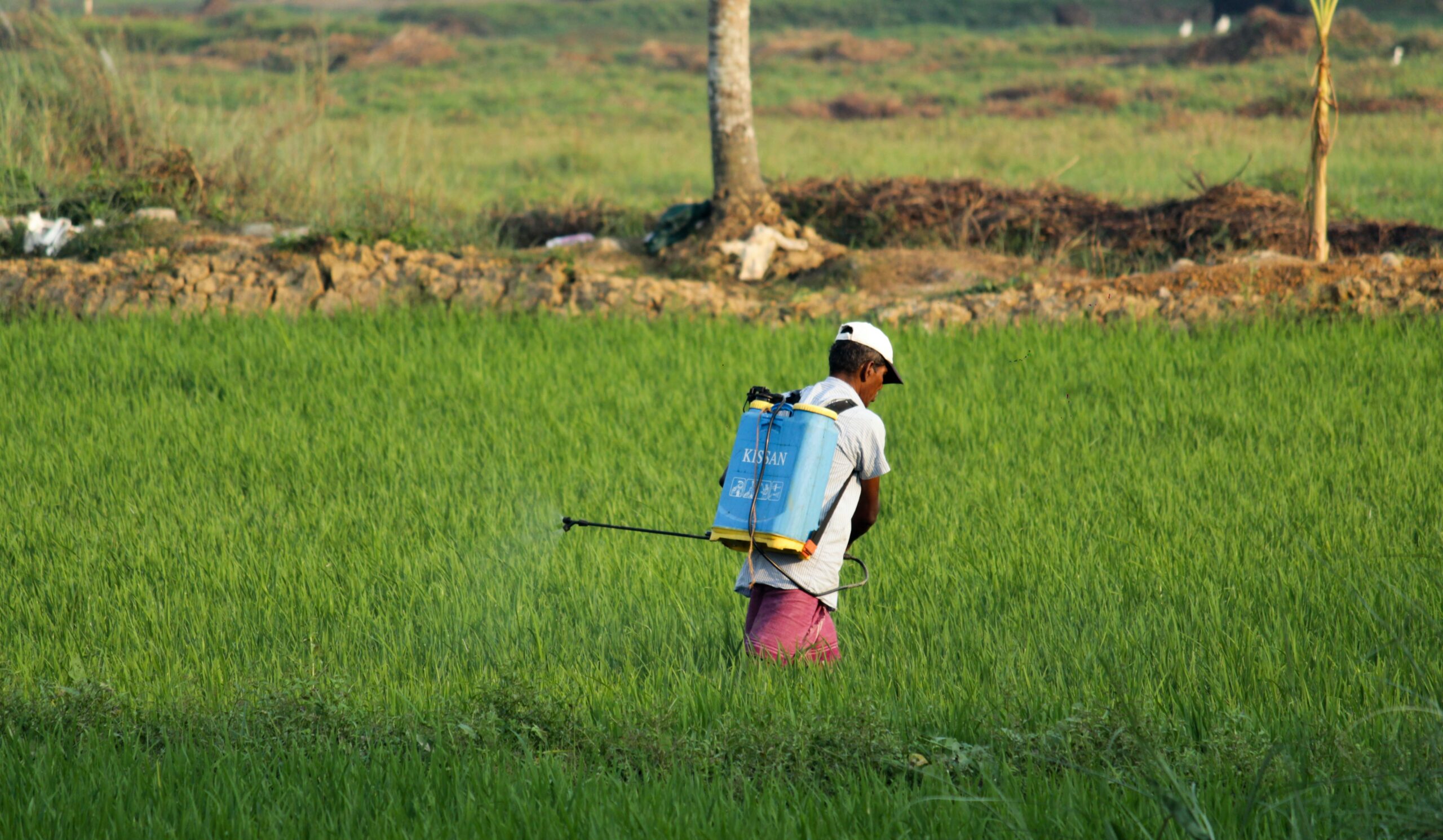
Another challenge in the matter of pesticide use derives from the much-discussed sustainable food and agricultural system, as highlighted by Prof. Chriss Elliot in his article in New Food Magazine. All those practices for the safety of food and the security of consumers are in conflict with the COVID-19 pandemic reality. The economic crisis due to coronavirus is causing disruptions to local and global supply chains, limiting food availability, deteriorating food security, and threatening the progress that has been made towards a more sustainable food sector. Countries such as Turkey, with fragile socio-economic systems, have difficulty implementing a circular economy and eco-friendly and sustainable approaches after COVID-19. As Y. Özhan Türker and Aynur Aydin highlight in their 2022 study, Turkish legislation is insufficient in terms of principles and not ready for the green deal. The continuous use of banned pesticide substances in food products cultivated in Turkey and their export into the EU isn’t surprising. Keep in mind; that adequate measures should be not only strict but feasible too. And so here comes the big question. Is pesticide reduction actually a responsibility of the private sector or a problem that should be solved exclusively by the Authorities? Matthias Wolfschmidt, Strategy Director of food watch International, states that the reduction of pesticide use is actually a political task and should not be delegated to the involved companies. The resistance from some major corporations in the food, chemical, and agriculture industries to reduce the use of pesticide residues is a given fact.
The desirable increase of their market share is actually a driving force for pesticides, resulting in the consequence of environmental footprint, as reported by Fiona H.M. Tang et al. in the study “International demand for food and services drives environmental footprints of pesticide use”. Profit is the number one priority. Thus, green policies should be whatsoever driven and controlled by Organizations in charge, like the European Commission. Their initiative, targeted strategies, scientific and practical recommendations, monitoring programs, and political conflict resolutions may lead to actual legislative change. The application of all the scientific knowledge and innovative technological practices generates an opportunity for a more promising and substantial food safety management plan and a pesticide-free food future.




